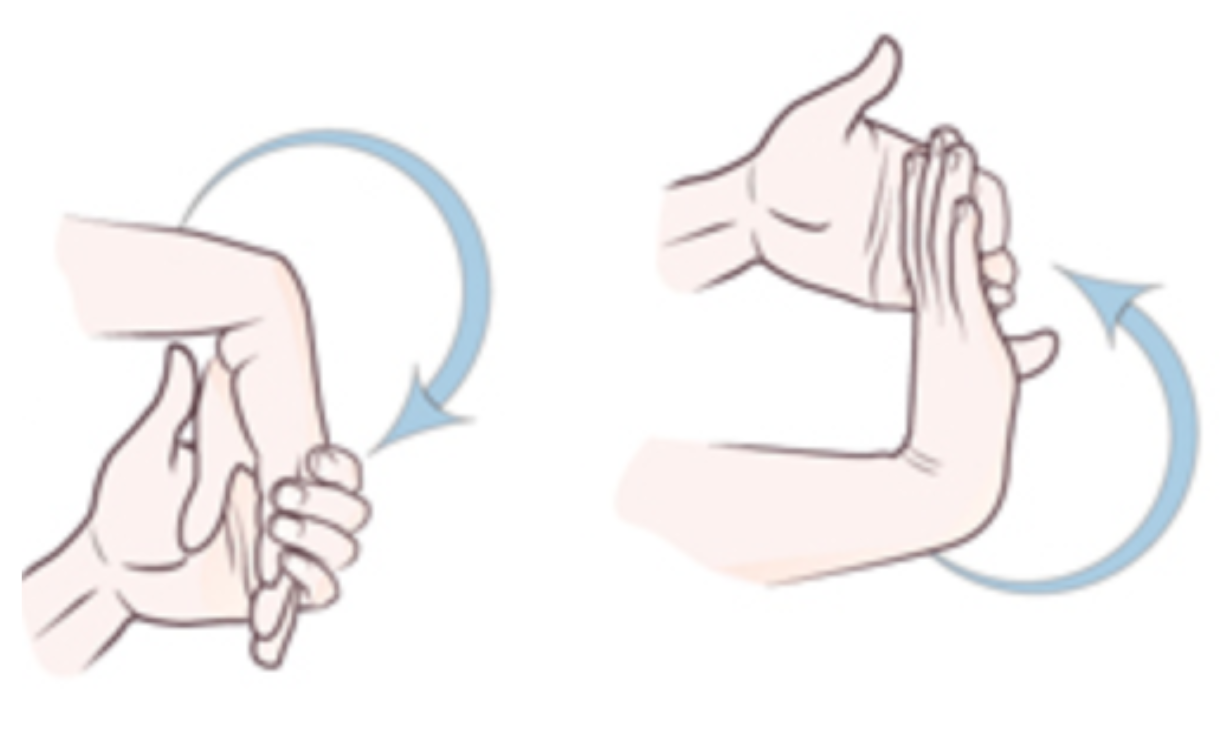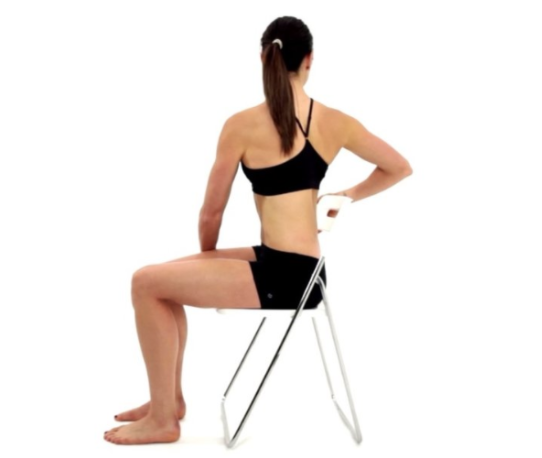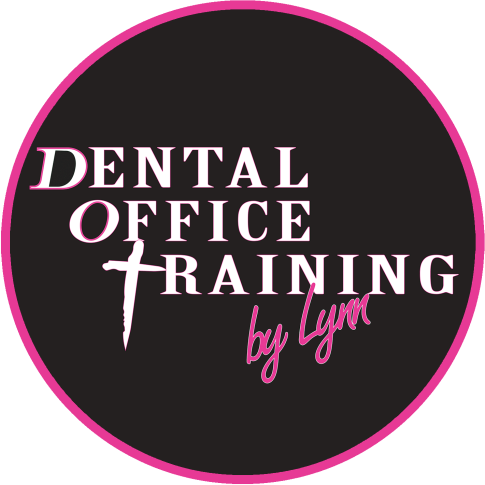
Why is Good Posture Important for Dental Assistants?
Most people don’t realize that they perform daily tasks with poor posture – especially those in medical and dental care. Continually hunching over or working from a twisted angle can cause back pain, neck pain, and overall discomfort, resulting in poor work performance. Have you ever gone home from the end of the day with back or neck pain?
Those who work in a healthcare specialty can be extremely affected by a lack of good posture. The American Chiropractic Association states that “Worldwide, back pain is the single leading cause of disability, preventing many people from engaging in work as well as other everyday activities. Back pain accounts for more than 264 million lost workdays in one year—that’s two workdays for every full-time worker in the country.” This is an astounding statistic!
What are the negative effects of poor posture?
Negative effects of poor posture include neck pain, headaches, poor sleep patterns, disrupted digestion, back pain, and overall lack of motivation. There have been numerous studies that stress the importance of good posture throughout the workday. According to the National Spine Health Foundation, “The central nervous system (CNS) begins to make musculoskeletal adaptations to the postures and movements performed most often. These muscular imbalances cause some muscles to be in a constant state of contraction while other, opposing muscles remain weak and overstretched, which leads to pain. To better understand how the CNS controls our movements, do this quick experiment. Cross your arms or clasp your hands together and see which is on top. Now do that a couple of times and you will find that it is the same hand or finger on top each time. We are creatures of habit. Now do the same things again, but purposefully make sure the other hand or finger is on top this time. How does it feel? It might feel awkward or maybe even uncomfortable. This is what happens when you try to correct your poor posture to achieve better posture. You simply aren’t used to good posture, but you can improve it. In addition to creating new muscle patterns with poor posture, the body’s fascia system also adapts.”
So…what can I do to improve my posture at work?
Good news – it’s easy to have great posture! All it takes is a simple change in muscle memory, supplemented with simple daily stretches. The most minute adjustments can make a HUGE difference! Effortless adaptations to your work environment such as thinking about the correct position your shoulders should be or the way your neck is tilted while actively working can relieve tension throughout your entire body.
Dental assistants are constantly on their feet moving around the office and operating room for an extended number of hours – therefore constant, continued bad posture can make the job physically exhausting and demanding when it doesn’t have to be.
Listed below are simple and effective stretches to complete throughout the day to relieve pain and improve posture:
Wrist Stretch
Start out by extending your arm directly in front of you with your palm facing down. Gently but firmly press on your first set of knuckles until you feel a moderate stretch in your forearm. Hold for roughly 30 seconds and repeat 3 to 5 times, alternating arms. Next, while still keeping your forearm facing the ground, rotate your fingers upwards toward the ceiling, grab the pads of your fingers and pull back towards you. This stretch targets the opposite side of your forearm and is a wonderful stretch to keep your arms and hands loose throughout the day. It’s important for dental assistants to stay dexterous, releasing muscle tension in your forearms and wrists enables you to function with a full range of motion.


Neck Stretch
Dental assistants sit and stand next to the dentist while they complete a procedure. This ranges from a few minutes to a couple of hours depending on the type of work necessary for the patient. While it is always important to be conscious of your posture, sometimes bad posture is unavoidable. This stretch can be completed literally anywhere, and is extremely effective!
To keep neck muscles loose, simply lean your head from side to side, completely relaxing and letting gravity do the work. Focus on keeping your shoulders even with the floor while the neck is relaxed, next lean your head to the right and hold for 20 seconds followed by the left. Alternate from side to side on and off for 1-2 minutes.
Back Stretch
This next stretch can be completed with nothing more than a chair. While seated, Place your hand on the opposite leg and twist gently to one side. Hold this position for roughly 15-20 seconds, alternating sides. Repeat 5 times on each side for 3 sets.
Incorporating a stretching routine throughout your workday and realigning posture when necessary results in the following:
- Reduced fatigue
- Prevents muscle strain injuries
- Increases muscle coordination and balance
- Improved productivity
It’s imperative for dental assistants to relieve back, neck, and shoulder tension because they are focused on a patient’s mouth all day. The simplest stretch can make all the difference. Next time you find yourself hunched over, try and remember the importance of posture. Make it a routine to practice frequent, light stretching throughout the day to make your life easier in the long run.

If you’d like to enroll in our program give us a call at 317-585-9015.
